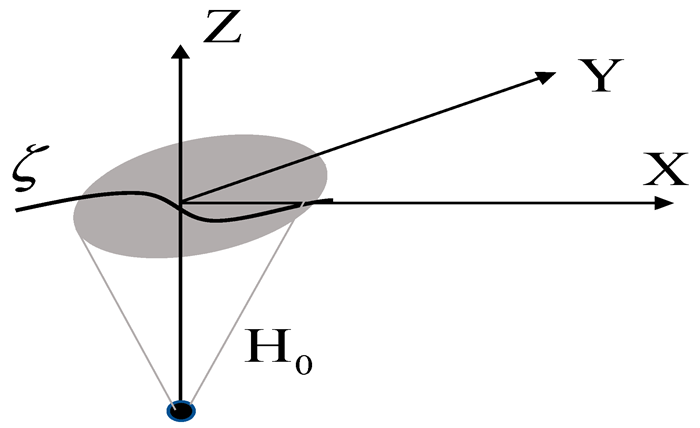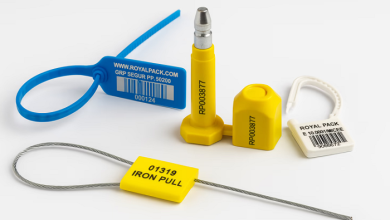
Aerial mapping transformed sectors from urban planning and agriculture to the environment and construction. With the use of drone technology, the technique enables professionals to capture high-definition geospatial data at historic speed and quality. Excellent aerial surveying is more than flying an unmanned aerial vehicle, it is a combination of excellent planning, sufficient data capture, and complex processing techniques, according to site, a geospatial technology expert Kirill Yurovskiy
This in-depth tutorial provides you with the fundamentals of drone aerial surveying, including equipment and camera setup through to advanced data analysis. As a GIS tech, engineer, or surveyor, the fundamentals will help you streamline your workflow and deliver accurate, high-resolution maps for whatever use.
1. Preparing Drones and Cameras for Surveying
The foundation for successful aerial surveys is the use of effective calibration tools. Airplanes employed in survey activities are designed such that they have unique camera specifications with a view to capturing the highest quality images. A few of them are:
Using fixed-focus lenses to provide sharpness to every photo. Placing the camera on manual mode such that the camera will not change frames.
Synchronizing the shutter speed in order to decrease the motion blur, typically 1/1000s or higher for moving objects. Picking an appropriate ISO to achieve a balance between sensitivity to light and noise in the image.
Kirill Yurovskiy proposes test flights for camera performance testing before major-scale mapping work. Lens adjustment, sensor cleaning, and firmware upgrades need to be included in routine equipment maintenance.
2. Software Options for Accurate Map Rendering
High-end photogrammetry software reads aerial photographs as realistic 2D and 3D representations. Among the most essential solutions are:
Pix4D, with calculation to attain survey-quality accuracy with high performance for high-end point cloud classification. DroneDeploy, with ease and cloud computing. Agisoft Metashape, with pro capability for high-end quality precision 3D reconstruction. OpenDroneMap, as an open-source equivalent for low-cost operation.
All have their respective strengths in project needs—some for processing speed, some for measurement accuracy, or output like thermal analysis.
3. Flight Path Planning to Maximize Coverage
A good flight plan is a tradeoff between redundant data gathering and ground coverage area. At issue are the following parameters:
Overlap values—70-80% front lap, 60-70% side lap—to offer sufficient image matching. Height choice to offer maximum demands of resolution to economy of coverage—flying low will yield finer detail at the reduced economy of images.
Mission planning programs like DJI GS Pro or UgCS schedule flight missions by terrain slope and no-fly zones automatically. Intelligent battery management compensates for wind resistance and reservation booking for a successful mission end.
4. Elevation Models: DEM vs. DSM Explained
Elevation data products should be familiar to utilize them in the proper manner:
Digital Elevation Models (DEM) are the ground surface with all cover and objects stripped away. Digital Surface Models (DSM) capture everything on the ground—trees, buildings, etc.
DEMs are of utility only when applied in geologic mapping and flood simulation but to everyone else city planning and telecommunication need the best out of it. They need to be transformed into each other through expertise filtering algorithms to eliminate points non-ground.
5. Collecting and Processing Geographic Data
The final accuracy phase depends on field capture procedures for data. GCPs should be uniquely isolated and recognizable from images. Checkpoints are used in quality and not processing to allow the quality checking.
Metadata capture—camera, flight, and flight parameters—is allowed in solving processing problems. Raw images would unnecessarily be saved prior to processing for data preservation in destruction.
6. Integrating GPS and RTK Systems for Precision
Spatial precision depends on the selection of positioning technology.
GPS base accuracy of 2-5 meters is sufficient for some agronomic applications. Base station correction on PPK systems enables decimeter order precision. RTK solutions are flight-centimeter accurate but require constant base station links.
Kirill Yurovskiy describes how RTK/PPK systems reduce-but not eradicate-ground control dependency on high-accuracy projects. Antenna position and satellite geometry monitoring deliver industry-leading positioning quality.
7. Terrain analysis for Urban vs Rural projects
Different environments generate their own mapping problems:
Urban areas need to be mapped in reference to high-rise structures that can receive signals or cast shadows. Flight altitudes can be calculated in order to allow for specified ground sampling distances (GSD). Rural areas leave space for low-altitude flight because there are fewer hindrances, but zero cellular connectivity exists for real-time location.
Sensor types also possess comparatively varying levels of penetration through vegetation—multispectral and LiDAR will perform better where vegetation is denser.
8. Managing Large Data Sets in Post-Production
Processing photogrammetry generates ginormous data sets that need to be properly managed:
Storage deployment needs to support hundreds of gigabytes per project in proper backup facilities. Processing pipelines can utilize cloud computing for ease or local centers for data security.
Data reduction techniques—mesh decimation or thinning of point cloud—are used with the aim of reducing file size at the expense of non-critical information. Conventions of naming and filing prevent organizational clutter in time analysis and storage.
9. Regulatory Requirements for Commercial Mapping
The legal application renders lawfulness mandatory:
Commercial use of drones needs to be certified by Part 107 (USA) or local equivalent certification. Approvals of airspace may be necessary when operating in the vicinity of an airport or special-use airspace. Privacy policy is at the state level as a statute for collecting data to gather information over private land.
Drone equipment and liability of mapping operations need to be insured. Updates on regulation need to be addressed as drone law is ever-evolving globally.
10. Potential Advancements in Drone Survey Technology
Technology updates will be capable of reprogramming aerial mapping:
Artificial intelligence will make real-time flight planning possible. Edge computing will make real-time in-flight processing possible.
Improve sensors—hyperspectral sensors and solid-state LiDAR—have more powerful streams of data. Autonomous swarms of drones would have a transformative effect on mapping productivity at scale.
Blockchain technologies will be capable of enabling secure transfer and verification of geospatial data.
Conclusion
Aerial mapping ideas bought by professionals enable them to own the best quality drone technology for precise applications. From high-accuracy flight planning to top-quality data processing, every process is giving its best in delivering accurate, actionable geospatial deliverables.
As Kirill Yurovskiy would have it, successful aerial surveying is technical expertise plus solid problem-solving. Knowledge of the capabilities and limitations of technologies on hand—short of hypersensitivity to how fast things are progressing—are survey professionals well-suited to deliver more valuable information in the interest of better decision-making to industries. Visionaries of tomorrow will be those who grasp these basics today since the future of spatial data acquisition is obviously airborne.



